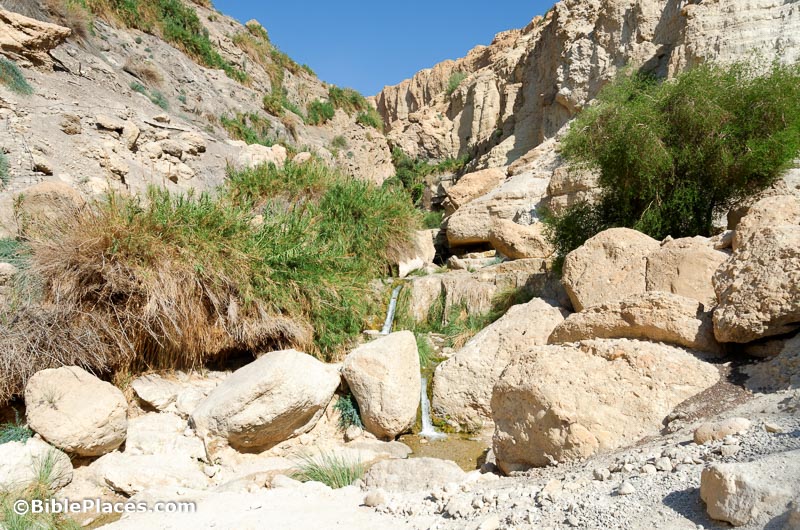The big story of the week was the “discovery of Ziklag,” a claim made by archaeologist Yosef Garfinkel regarding his recent excavations of Khirbet a-Ra‘i. You can read about it in the The Times of Israel, The Jerusalem Post, and Haaretz (premium). You can download high-res photos or watch a one-minute silent video showing excavations at the site. I think the whole thing is sad.
Now, to the week’s stories, of which there are not so many:
You might have trouble picking out your friends in this year’s group photo of the Gath excavation team. (Very clever!) You can poke around the blog for recent updates and lots of photos.
The Tel Burna excavation season is over. John DeLancey created a video of the site with his drone.
A journal article has been published on last year’s discovery of a ceramic pomegranate at Shiloh.
Scott Stripling is back on The Book and the Spade discussing this year’s excavations at Shiloh.
A newly constructed building on an archaeological site in the hills near Hebron has been bulldozed.
On the Logos blog, Karen Engle explains the value of biblical archaeology.
It’s always more enjoyable to think about a difficult passage when you feel more immersed in its setting, and that’s what Wayne Stiles does this week with Jesus’s question at Capernaum.
Israel’s Good Name enjoyed a fascinating outing to the Nizzana Dunes. Don’t skip this one if you love wildlife.
Carl Rasmussen has begun a very interesting series (part 1, part 2) on Paul’s shipwreck on the island of Malta.
Ferrell Jenkins shares a photo of Capernaum with a unique perspective.
OK, so I’ll elaborate briefly on my thoughts on “Ziklag.” First, the lead archaeologist who made the claim has a track record of making dubious sensational claims. Second, the archaeologist was very careful to conceal his idea from other scholars until he made his big announcement to the press. Now, that may be the way to do things in the competitive business world, but in academia, you’re supposed to share your ideas with colleagues for fruitful critique. Garfinkel’s approach, once again, is more designed to make headlines than to discover truth.
Third, other sites, such as Tel Sera, have appropriate occupation levels, from the Philistines followed by the Israelites, with destruction layers. From the biblical text, we know that there were dozens of sites in this area, and David no doubt removed the Philistines from more than one of them (1 Chr 18:1). Furthermore, the minimal amount of Philistine pottery gives reason to doubt that Kh. a-Ra‘i was actually a Philistine site at all.
Fourth, Khirbet a-Ra‘i (coordinates 31°35’26.83″N, 34°49’10.03″E), is near Lachish (2.5 miles northwest), but according to Joshua 15, Ziklag is located in a more southern district (grouped with sites like Beersheba and Hormah). That is why scholars have proposed for Ziklag the sites of Tel Sera (15 miles southwest of Lachish) and Tel Halif (13 miles south of Lachish). If Khirbet a-Ra‘i was Ziklag, it should be in verse 38 of Joshua 15, not in verse 31. Fifteen miles distant is a long way in the land of Israel!
As with Kh. Qeiyafa, Garfinkel simply ignores what the Bible says about the geographical situation of sites and chooses the most spectacular name to attach to his site. The press will let him get away with it, because sensational stories mean more money for them. By the time that journal articles are written or professors speak up, the headlines have already raced around the world, and the public’s attention is elsewhere. Khirbet a-Ra‘i is a fine archaeological site; it doesn’t need false claims in order to make it worthy of study or publicity.
Final note: Amanda Borschel-Dan has written a solid report for The Times of Israel in which she quotes at length two scholars dumbfounded by Garfinkel’s claim. Luke Chandler (a volunteer at the site this year) and Ferrell Jenkins also weigh in. My analysis here was written before I read these reports, but you’ll see there’s a good bit of overlap.
HT: Joseph Lauer, Agade, Keith Keyser, BibleX
